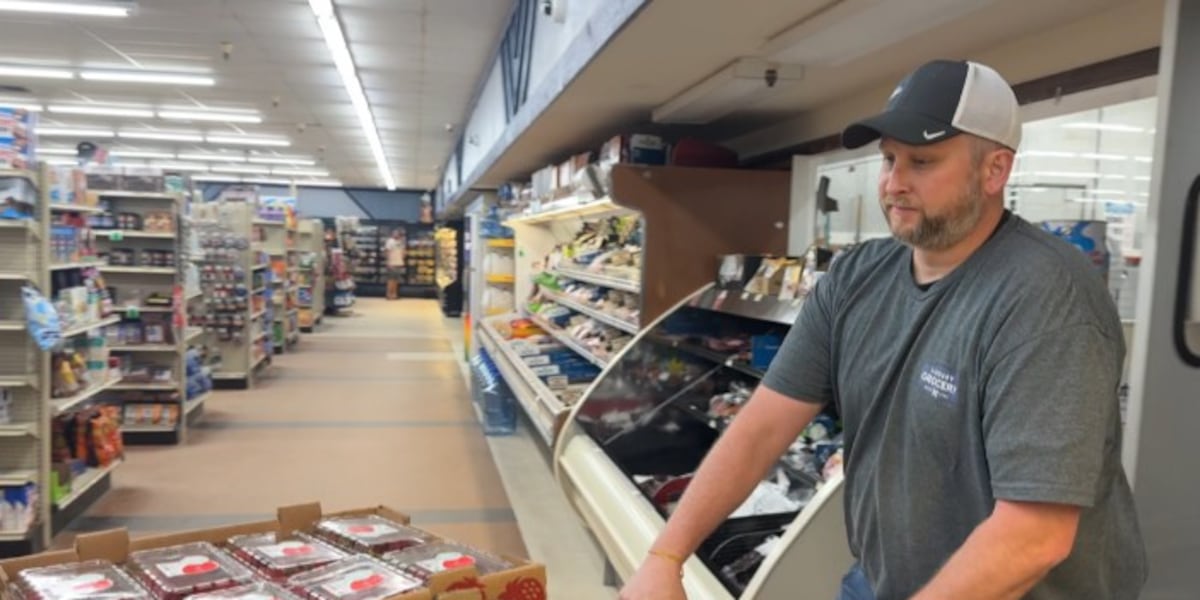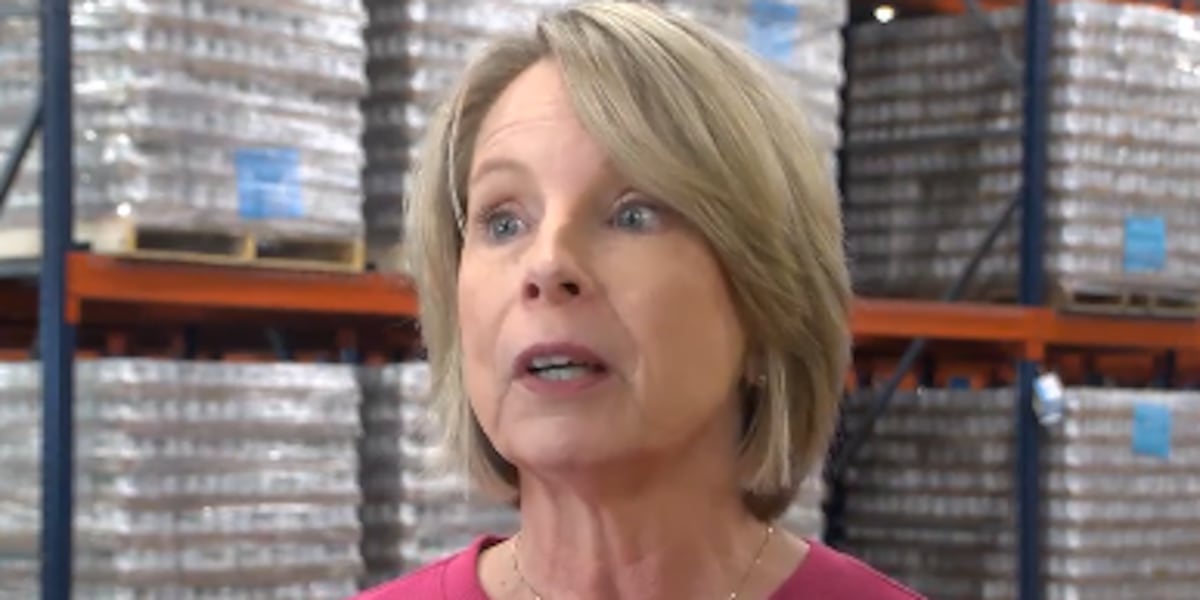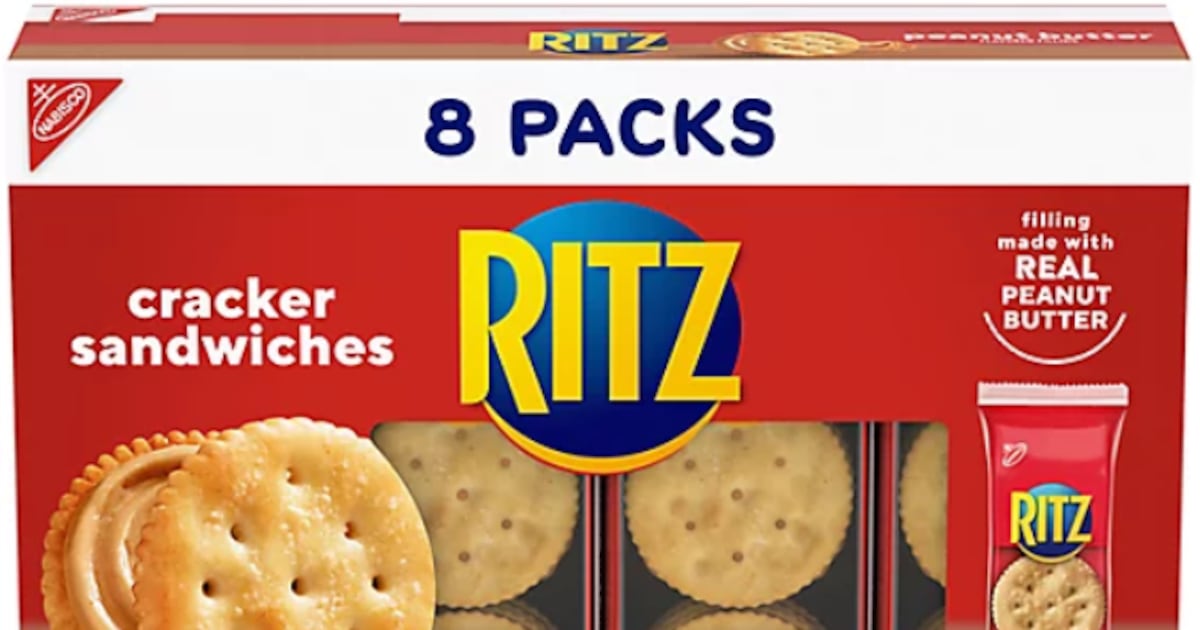Summary
About $150,000 in state grant funding is now available for rural grocery stores. People in rural communities say these local businesses are very important to their lifestyle.
Source: KFYR-TV on MSN.com
Exclusive AI-Powered News Insights (For Members only)
Disclaimer:This content is AI-generated from various trusted sources and is intended for informational purposes only. While we strive for accuracy, we encourage you to verify details independently. Use the contact button to share feedback on any inaccuracies—your input helps us improve!





